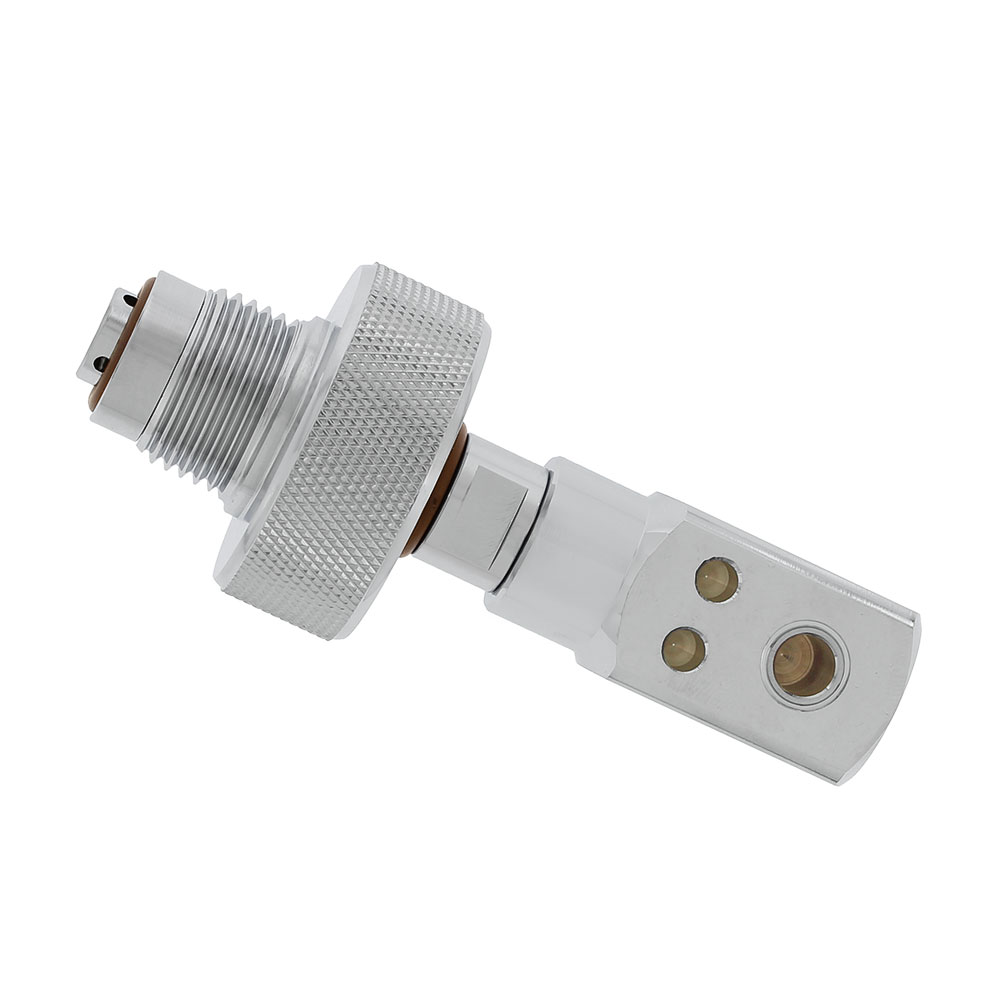- Messages
- 20,802
- Reaction score
- 15,529
- # of dives
- I'm a Fish!
every ambulance I have ever seen in the US carries pure O2, and while @Duke Dive Medicine is obviously the ultimate authority I BELIEVE that the pure O2 is to drive out other inert gases by having a pure pressure gradient and that the specific gas mix doesn't particularly matter. I.e. if you're bend on nitrox and you start breathing heliox the helium will still drive out the nitrogen. Pure O2 is used because it is incredibly convenient to produce by both PSA and distillation vs any other gas mixture that requires blendingI wouldn’t relay on an ambulance to give you 100% O2. Most carry a Nitrox oxide / oxygen mix which would make DCI worse By adding a new gas to your body.
Ask the dive shop. "Hey, I have an AL40 that I'm going to use as my emergency O2 kit. Will you fill it with my emergency O2 card?"Thanks for the detailed response. I'll be looking around at the different options after I actually get the training, and this is a good spread of information. As for the sizes, if I did pick one of these up, it'd be for local diving, and there is a hyperbaric chamber in Pacific Grove, which is within a few miles of the popular shore diving sites. It's my understanding that people suffering suspected DCI must always go first to a hospital, and only afterward to the chamber. So yeah, 40min won't get you all the way to the chamber, but I bet it'd get you to the ambulance truck or the hospital in a lot of cases. In your view, does the chamber being that close bring the ~40min of gas into the "useful" range, or still too small?
I do have an AL40 that I picked up awhile back, intended to be used as a pony bottle. But it's been gathering dust, hasn't been in the water since before covid, maybe longer. It's been hydrocarbon cleaned for partial pressure nitrox fills. If I were to take it down to a local dive shop with my nitrox card and my O2 provider card (but no deco card or deco training) and ask for a fill of 100%, would they have any reason to say no?
Since it's clean for partial pressure, I imagine that they would not be taking on any additional fire risk. Maybe they'd be worried about divers going out doing untrained accelerated deco dives -- I know I wouldn't do that, but I guess they can't be certain.
Unfortunately asking the question of whether they will or not is impossible to answer on here because each shop is different and sometimes their relationship with each diver will vary the answer.
40min is still too small. Even if the hospital is only 10 minutes away it will take you at least 20 to get to the point where you can get them in the car, 10 mins to get there, and almost guaranteed they will not put you on their O2 until a doctor sees you but I don't believe they can take your O2 away. @Trace Malinowski has had a lot of problems over the last few years because the hospital refused to put him on O2 in the ER.....





